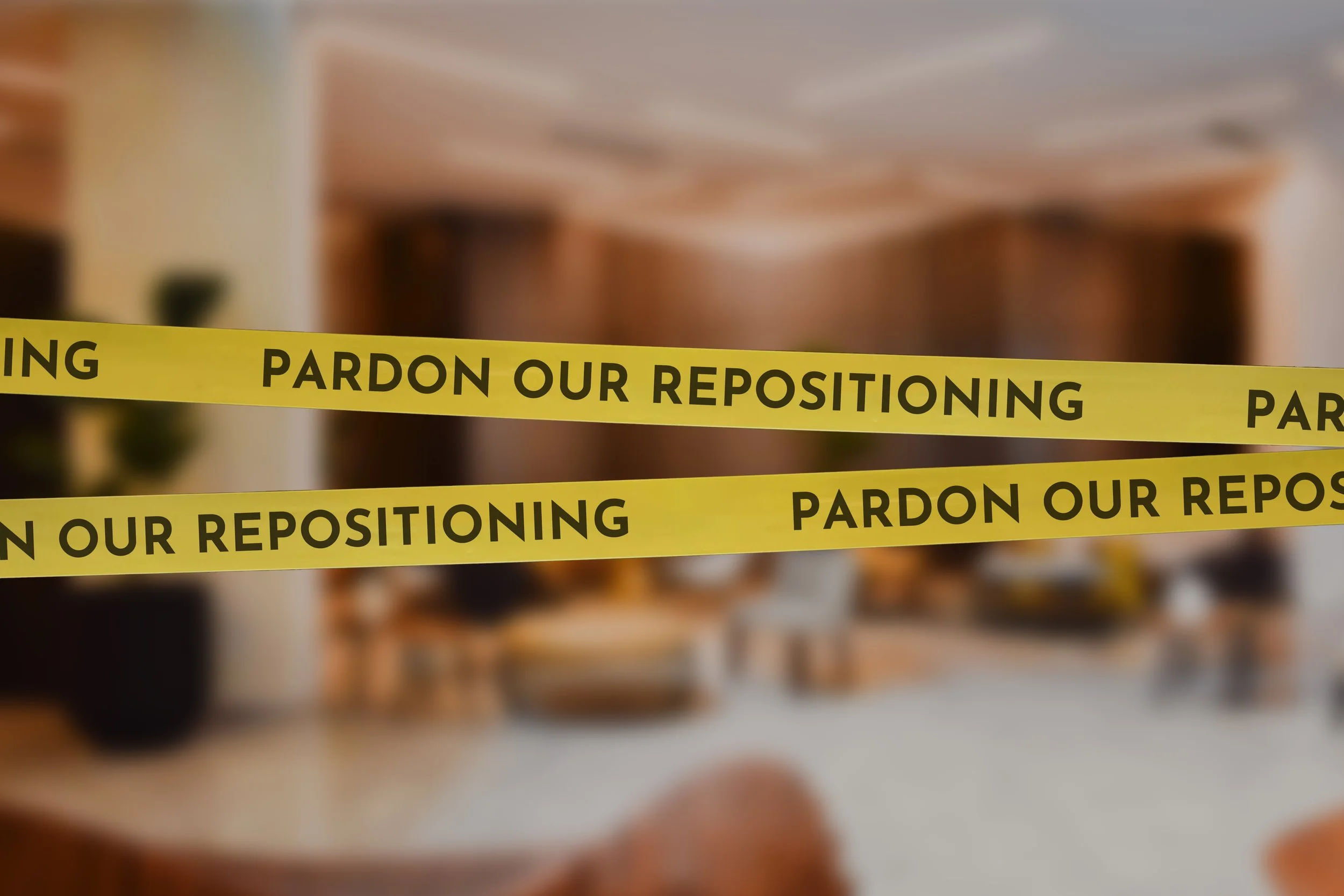Renovations & Repositioning: Set Your Hotel Up for Success
The bathrooms have been updated, the carpet replaced, and the lobby refreshed—your hotel looks and feels like new, but does your brand still convey an old story? All too often the factors considered for a hotel renovation are limited to physical changes to the building and don’t include how those changes affect the hotel experience and how it’s talked about.
Without new positioning your renovation is only half finished. Positioning—that is, defining or redefining the unique place your brand occupies in the minds of those you serve—clarifies who you are, what you offer and how you’re different.
Why Repositioning is Worth It
In the lodging category, energized differentiation driven by precise positioning is highly correlated with revenue per available room (RevPAR) and average daily rate (ADR).* Positioning shapes preferences, influences buying behavior, and drives brand loyalty.
Effective positioning enables you to:
Connect with Customers
Positioning defines how your hotel benefits guests, therefore demonstrating relevance, instilling trust, and driving purchase.
Differentiate Within the Brand
For Branded hotels, localized positioning allows you to highlight the attributes that make your hotel stand out among the rest—all while still staying true to the Brand pillars that customers expect. Well positioned Branded hotels set expectations for the Brand and your brand.
Incorporate Relevant Experiences
Clear positioning provides direction for how you can craft consistent, ownable start-to-finish experiences throughout the hotel—anything from in-room extras to bookable excursions.
Create Consistent Messaging
Engagement with your brand starts well before a guest walks through your door, and clear positioning serves as the foundation for all touchpoints including your marketings and advertising efforts.
*Dev, Chekitan. Hospitality Branding. Cornell University Press. 2012.
How to Reposition Your Hotel Following a Renovation
Positioning requires targeted research to understand the ownable territory your brand should occupy. Following a renovation, there are six inputs you need to consider: People, Attributes & Offerings, Competition, Place, Design Inspiration, and Brand.
People
Consider your target audience. It’s important to speak directly to those you serve and following a renovation, your target audience may shift. Ask yourself: What are their needs and motivations? What type of experience are they expecting?
Photo by Jason Briscoe on Unsplash
Attributes & Offerings
Consider the unique features and amenities of your newly renovated hotel. Do you have an updated restaurant, pool, or gym that should now be incorporated into a larger lifestyle story? What are the things that haven’t changed? Do you have outstanding service or a unique history that defines your hotel? What are the strengths that make your hotel different?
Competition
Consider your competitive set. Re-evaluate your competitors and review their positioning. Analyze their website and social media content to understand the perception of the hotel that they wish their target audiences to hold. Find opportunities to differentiate your story.
Place
Consider the neighborhood. While the neighborhood probably hasn’t changed much during your renovation, now may be a good time to think about the aspects of your unique location that you can more prominently pull into your story. How does your location contribute to your distinctive offer?
Design Inspiration
Consider interior design themes. While it’s preferable to establish your positioning prior to a renovation so that all teams can work from the same foundation, sometimes that doesn’t always happen. Be sure your positioning is aligned with the interior design story and inspiration.
Brand
Consider the positioning of the Brand. What are the attributes that need to carry through into your hotel’s story? Does the vision you have for your new story fit within the context of the Brand?
The final step is to review these considerations and identify the strongest areas of opportunity around which you can write your hotel positioning. And while there is no definitive positioning template (as any Google search for “hotel positioning example” will attest), at Caprock Creative we help our hospitality clients define the following:
Positioning Statement: Your offer and how that offer is distinct from other brands
Promise: The essence of your hotel experience
Pillars: The differentiators that define your unique offer
Personality: The attributes that guide how you look and sound in communications
The Takeaway
Repositioning is critical to building a successful brand following a renovation. It boosts awareness, serves as the basis for customer loyalty, and ensures a consistent experience for guests across all touchpoints. By understanding your guests, your unique offer, your competition, and the Brand, you can tell a new story worthy of your new space.
See our work within the hospitality industry
and how our services can help you.



